
Fall Pests and Pest Prevention Check List
Shaku Nair, Dawn H. Gouge and Shujuan Li
Department of Entomology, University of Arizona
In the low desert region of Arizona, pests stay active year-round due to mild winters. Some pests have been reported in unusually high numbers this year, including field crickets (Figures 1 & 2), invasive plant bugs, caddisflies (Figures 3 & 4) and crane flies (Figure 5).
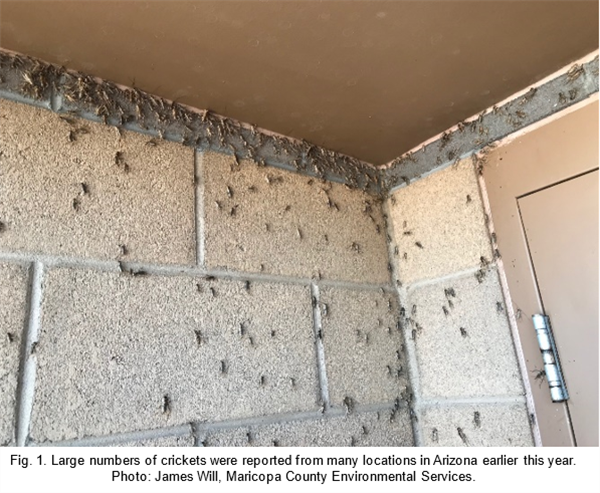
Crickets:
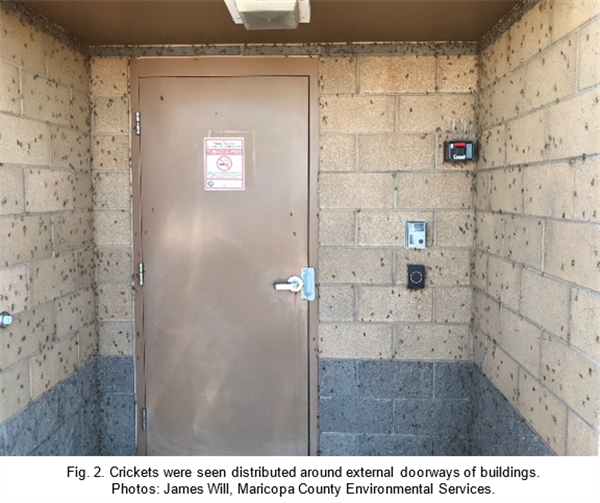
Crickets are well known for their characteristic “chirps” that they use for communication within their species. These sounds can be annoyingly loud especially when they are chirping close by. Crickets are most active at night and eat a wide range of materials using their chewing mouthparts. They are not harmful to humans and are sometimes kept as pets. Some species are commercially reared as food for other pet animals and birds.
The most common cricket species found in Arizona include the Indian house cricket (Gryllodes supplicans) which are common in low desert areas, different species of field crickets (Gryllus spp). Indian house crickets are the only species that can live and reproduce indoors. The others are essentially outdoor species but will enter buildings under or around doors if door sweeps and weatherstripping need repair. Field crickets tend to move indoors as temperatures drop.
Crickets are considered nuisance pests, especially when they occur in large numbers (Figures 1, 2). Adult crickets and their nymphs often gather around foundations and doorways, and readily come indoors through cracks or openings. Once indoors, they typically hide during the day and come out at night to feed. They feed on a wide range of food sources including table scraps, pet food, plant debris, fabrics and even drywall when their numbers are very high. They also seek water and can be found around/in pet water bowls regularly. Fabrics are damaged by crickets pulling or picking the fibers loose, leaving the surface rough and uneven. Occasionally, they may damage young garden plants outdoors.
When populations are high, dead crickets and frass (poop) may pile up around building doors and in corners, causing odors and may also attract other pests, such as ants and flies. People often resort to pesticide barrier treatments to keep crickets away from buildings. However, pesticides should be considered the last resort to control crickets. Crickets can be managed to a good extent using baits and strategically reducing outdoor lighting.
Caddisflies:
Adult caddisflies are small, mothlike insects (Figure 3) also referred to as “sedge flies” or “rail flies”. They are about ½ - ¾ inch in length and appear in large numbers at certain times of the year in locations near running water sources, such as streams, and canals. In Arizona, caddisflies have two emergence peaks, generally in April and September, and these can be extended to a longer periods or later dates depending on temperatures.
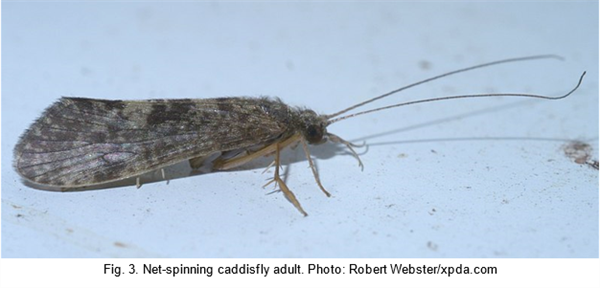
Caddisflies can be identified by the delicate, moth-like appearance of the adults (Fig. 3). They have long and slender antennae, and two pairs of hairy membranous wings usually in shades of gray, brown or white. Their wings are covered with fine hairs, different from the scales in moths and butterflies, to which they are related.
Caddisflies are aquatic for most of their lives, and the eggs, larvae and pupae are all found in water. Larvae are elongated and worm-like. Some species stay hidden within special cases that they build around themselves, while some species spin silk nets to catch organic material to eat. Some species are free-living as larvae but will build a pupal case close to pupation.
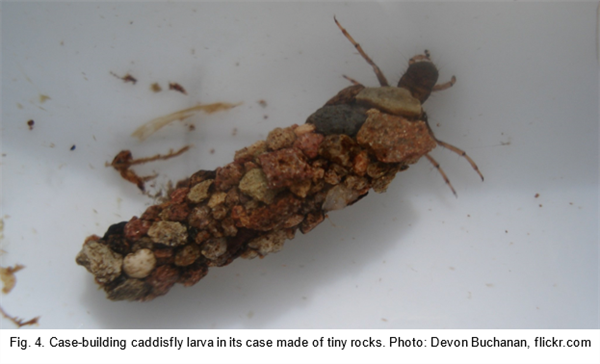
Caddisflies are considered excellent bioindicators of clean water but can be nuisance pests to those living close to waterways when numbers are high. They are extremely important to the aquatic ecosystem and are integral components of the food chain, serving as food for fish and other aquatic life. They also filter out algae and other organisms that affect water quality. The adults are very short-lived, and do not bite or sting or cause structural damage.
Management of caddisflies is extremely challenging, because of their unique habitat and life cycle. Here are a few suggestions to help reduce their impact near your home:
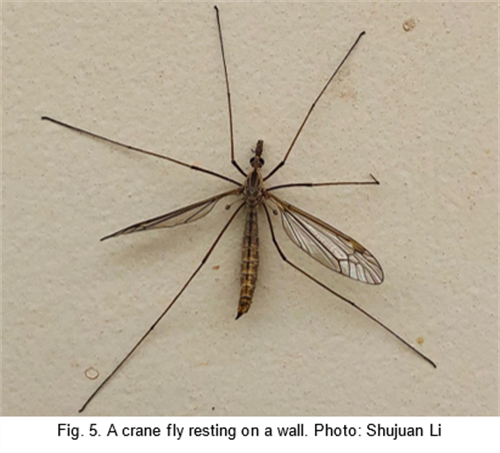
Other fall pests:
Even in the warmer regions of Arizona winter temperatures slow the development of many insects down. Many social insects, such as honey bees and ants, will forage actively to stock up food reserves to sustain colonies until warmer weather returns. Some species that generally thrive outdoors will move indoors into our homes and buildings, seeking warmth and shelter. Here are a few common pests that you might encounter as Fall approaches.
Cockroaches: German cockroaches are the most problematic indoor species, and do not survive cold temperatures outdoors. However, existing infestations of German cockroaches in indoor environments will thrive and continue reproducing year-round unless remedial measures are taken. Outdoor species like American cockroaches, will wander indoors in search of food and water, through gaps or cracks under and around doors or windows, drainpipes, and other entry points when outside temperatures drop. Generally, cockroaches are active at night and spend the daytime hiding. Sightings during the day may be indicative of significant infestations. Other signs of infestations include frass (insect poop), dead cockroaches, egg cases, shed skins and body parts.
Termites: Termites are active year-round in Arizona. But in the colder months, they may move deeper into the ground. Drywood and subterranean termites can be active in or near walls and foundations of buildings. Look out for mud tubes or piles of coffee grounds or sawdust-like termite frass, that are signs of activity.
Rodents: Many commensal rodents, such as house mice and roof rats, will migrate indoors as the weather cools in search of warmth, shelter, food, and water. They will thrive in various suitable, undisturbed locations including vehicles (Figure 6) that are not frequently used, which have available food sources nearby. Because house mice are so small, they can gain entry into homes and other buildings much more easily than rats. Neither the house mouse nor the roof rat hibernate during cold seasons, but indoor house mouse infestations are 10 to 20 times more common than roof rat infestations. Be on the lookout for droppings, chewed-up fruit or other items, signs of gnawing, pattering sounds from attics or wall voids.

Ectoparasites: Fleas and other ectoparasites such as mites, and lice, can be brought into homes or buildings by rodents coming into a building during cold weather. Fleas are not adapted to survive cold temperatures outdoors, but they will thrive in the warm conditions indoors, and infest pets and other domestic animals. Brown dog ticks can also be brought indoors by dogs and can complete their life cycle entirely within indoor environments.
Spiders: Several outdoor spiders, such as wolf spiders, may wander indoors or closer to buildings in the fall in search of prey because many of their normal prey insect populations outdoors start declining. Wolf spiders are beneficial, so please consider relocating them outdoors if you see one inside your home.
The medically significant spiders (black widows and desert recluses) are active year-round in Arizona. They persist in animal burrows or under other debris outdoors. If brought indoors, they can stay active under or behind furniture, and other secluded spots. Look for webbing and vacuum these regularly. Always shake out clothing and footwear thoroughly before wearing.
Pest-proofing your buildings is a sound investment. A ‘hidden’ benefit of pest-proofing homes is an improvement in energy efficiency of the building, resulting in a likely reduction in utility bills.
For more information on pests and pest-proofing, read our publication here: https://extension.arizona.edu/sites/extension.arizona.edu/files/pubs/az1677-2015.pdf
Here is a Fall Pest Prevention Checklist that might be helpful as you prepare to welcome the Fall.
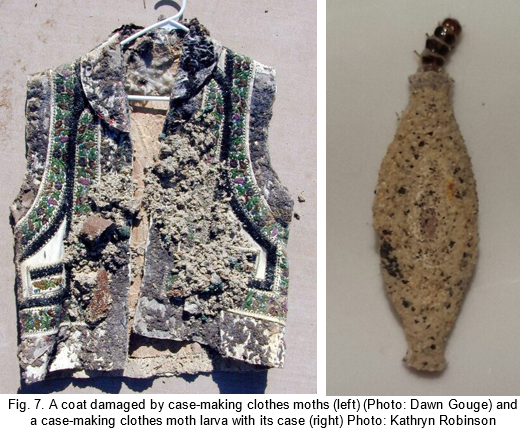
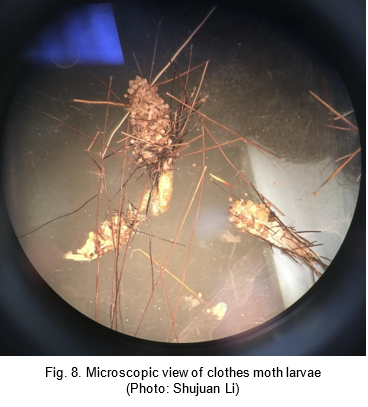
Upcoming EPA Webinar offers Arizona CEU Credits
Register today and have the opportunity to earn one Continuing Education Unit (CEU) from the Arizona Pest Management Division (Structural) and Environmental Services Division (Ag).
Rodents III - Cleaning-Up After Infestations Register Here
A continuation of our popular 2019 rodent series featuring international rodent expert, Dr. Bobby Corrigan of RMC Consulting, who will address the latest technologies for rodent management. Environmental health experts from CDC and industry will discuss the steps you can take to minimize the health risks posed during post-infestation clean-ups.
Featured Presenters:
Vector Preparedness Virtual Workshop
The Vector Preparedness Virtual Workshop is a great opportunity for anyone with an interest in learning information on mosquito ID, surveillance, management and insecticide resistance in public health pests.
This workshop will present:
Arizona certified structural pesticide applicators can earn 4 CEUs from the AZ Department of Agriculture’s Pest Management Division (PMD) after completing the entire workshop. This course will be effective by August 30, 2021.
For more information contact Dr. Lucy Li, Associate in Extension - Public Health IPM, at lucyli@email.arizona.edu at University of Arizona.
Check out upcoming Integrated Pest Management Webinars at https://www.epa.gov/managing-pests-schools/upcoming-integrated-pest-management-webinars
For more information about the EPA Schools program: http://www.epa.gov/schools/.
To view all our previous newsletters, visit: https://acis.cals.arizona.edu/community-ipm/home-and-school-ipm-newsletters
Acknowledgements
This material is in part funded by the National Institute of Food and Agriculture, U.S. Department of Agriculture, under award number 2017-70006-27145 that provides Extension IPM funding to the University of Arizona. Information regarding this document is within the guidelines of the Border 2020 Program funded by the U.S. Environmental Agency (EPA) and administered by NADB. Additional support is provided by the U.A. – Arizona Pest Management Center.
